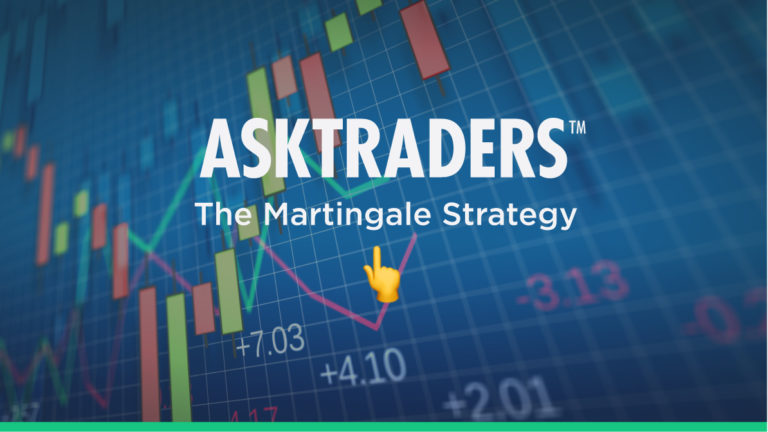
Although these factors might seem less important, they are crucial to profitable trading. These factors are the keys to when and how you place your trades. Among the many available trading strategies that traders can use, the Martingale strategy focuses closely on position sizing.
Understanding the Martingale strategy
This strategy is fairly simple and is conducted to increase your position size after experiencing a loss. That is why it is part of the negative progression strategy system. The best opportunity for this strategy is when one of your trades only has a 50% chance of succeeding, which can be seen as having no expectation of winning or losing. The Martingale strategy therefore aims to double the trade size after a loss in order to eventually recover once your trade does succeed. However, even so, you still need to establish your break or walkaway point, whereby you determine how much is an acceptable loss.
Two possible outcomes
This method has two potential outcomes that can be expected. An example that can reflect these possibilities is if you were trading $5 and expect a winning outcome, but instead your trade loses. You then decide to increase your trade to $10, but you make another loss. Again, you double your trade and increase to $20, with the hope of a win in order to recover your losses. This will continue until you have made your money back. When you eventually win, you will have regained your losses and made a profit equal to your original trade. Although it is a good theory to avoid losses, your potential to continue losing is unlimited and your profits will not necessarily be very substantial. You also risk extremely large losses.
Applying this strategy in forex trading
There is no strategy in the Forex market that can guarantee losses or wins, but you can set specific prices at which you accept a profit or loss, whereby you can control your profit and loss to some extent. An example of this application in Forex can be seen on a 1-minute chart of EUR/USD price movement with a relative strength index (RSI) pattern shown underneath. The RSI is used to indicate both entry points and market conditions and is found on most platforms provided by Forex and CFD brokers, such as MetaTrader 4.
Should the RSI move above 70, it enters into an overbought area; if it moves below 30, it enters the oversold area. When the RSI moves above 70, you should enter your trade position. 30 pips below your entry, you will then plot a limit, where you will take your profits. 30 pips above the entry position, you should place a limit at which you will cut your losses. If the RSI reaches that point, you would double your trade when following the Martingale strategy.
For this technique, a real stop loss order is not necessary; instead, you’ll need a mental one as the trade will continue without stopping each time it fails. You’ll continue to double up with each loss, and eventually, 15 pips below the original entry, your trade makes a profit, leaving you with more than you lost.
Although that example features a profit, this strategy does not always work out that way. It is simply a possibility that you are testing at a high risk. For this reason, it can be seen as going against advised risk management, but at the same time, it maintains a potential for profiting. For any trader looking to experiment with this strategy, it is best to try it with a demo account before using it on live trades.
PEOPLE WHO READ THIS ALSO VIEWED:
